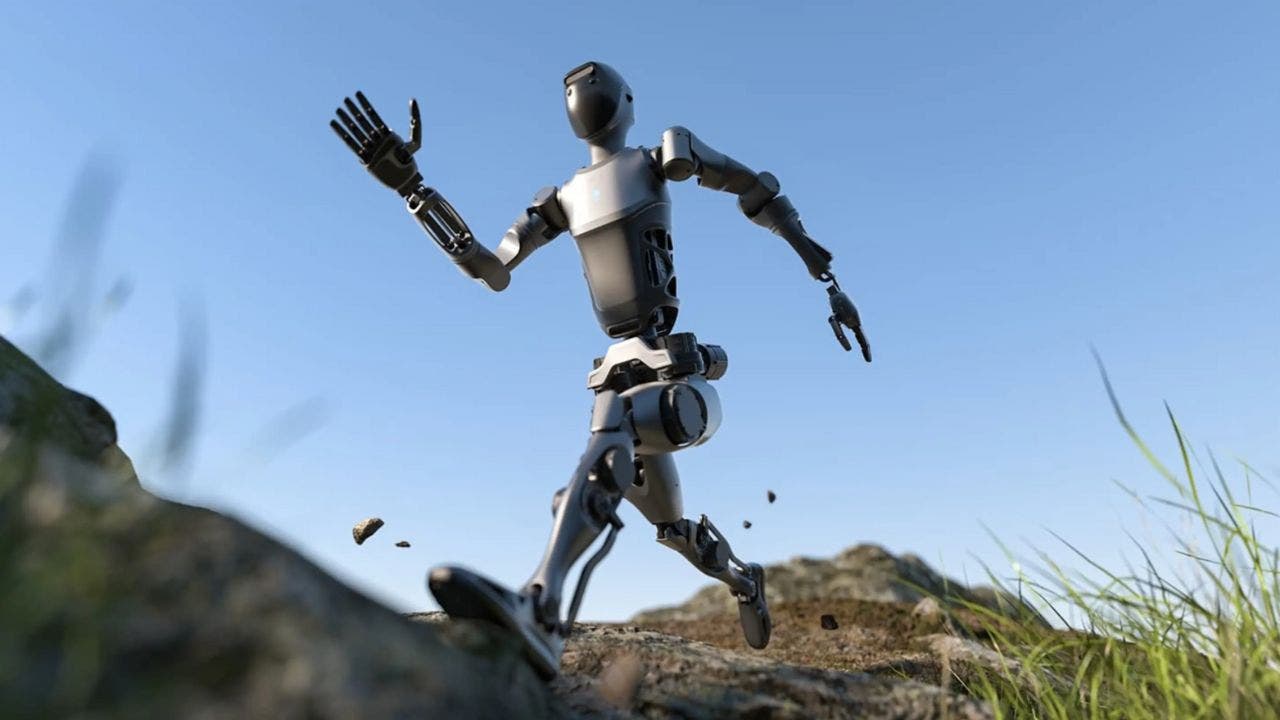Unveiling China’s Cutting-Edge Humanoid Robot: A Leap into the Future of Service
In recent years, the realm of robotics has taken significant strides forward, with humanoid robots emerging as a groundbreaking innovation poised to transform the service industry. Among the leaders in this field is China, a country renowned for its rapid technological advancements and ambitious projects. The unveiling of China’s cutting-edge humanoid robot marks a pivotal moment in automation and artificial intelligence, suggesting a future where machines and humans collaborate more seamlessly than ever before.
A New Era of Service Robotics
As service industries grapple with rising labor costs and a growing demand for efficiency, the introduction of humanoid robots has come as a timely solution. These robots are designed to perform various tasks traditionally handled by humans, such as customer service, hospitality, and even healthcare. With advanced capabilities, they not only enhance productivity but also reshape the very nature of human-machine interactions.
China’s humanoid robot is equipped with state-of-the-art technology that enables it to understand and process human emotions, recognize faces, and respond to verbal commands. This level of sophistication is unprecedented, allowing for more natural and engaging interactions with users. Imagine walking into a hotel lobby greeted by a friendly robot capable of checking you in, answering questions, and even offering personalized recommendations based on your preferences. This is the future that China’s latest humanoid robot promises.
Key Features of China’s Humanoid Robot
The features of this innovative humanoid robot are nothing short of remarkable. Here are some of the standout capabilities:
- Facial Recognition: Utilizing advanced AI algorithms, the robot can identify and remember faces, allowing for tailored interactions.
- Natural Language Processing: It can understand and respond to a variety of languages and dialects, making it versatile in different regions.
- Emotional Intelligence: The robot can gauge human emotions through voice tone and facial expressions, enabling it to respond empathetically.
- Mobility and Coordination: With state-of-the-art robotics, it navigates complex environments, avoiding obstacles and interacting with physical objects.
- Learning Capability: The more it interacts, the better it becomes, thanks to machine learning algorithms that improve its performance over time.
The Impact on Various Sectors
The introduction of humanoid robots in the service sector is set to revolutionize several industries:
1. Hospitality
In hotels and restaurants, humanoid robots can handle check-ins, take orders, and even serve food. This reduces the workload on human staff, allowing them to focus on more complex tasks that require a personal touch. The efficiency gained can lead to enhanced customer satisfaction and loyalty.
2. Healthcare
In the healthcare sector, these robots can assist with patient monitoring, medication delivery, and even providing companionship to the elderly. By taking on routine tasks, they free up healthcare professionals to concentrate on critical patient care.
3. Retail
In retail environments, humanoid robots can guide customers, provide product information, and streamline the shopping experience. Their ability to analyze customer behavior in real-time can help retailers tailor their strategies to suit consumer preferences.
Challenges and Considerations
While the prospects are exciting, it’s essential to address some challenges associated with the deployment of humanoid robots:
- Job Displacement: One of the most significant concerns is the potential displacement of human workers. As robots take on more roles, there may be resistance from employees worried about job security.
- Ethical Considerations: The introduction of AI in human roles raises ethical questions about privacy, consent, and the nature of human relationships with machines.
- Technical Limitations: Despite their advanced capabilities, humanoid robots are not infallible and can malfunction, leading to potential disruptions in service.
The Future of Human-Robot Interaction
As we move forward, the relationship between humans and humanoid robots will continue to evolve. The goal is not to replace humans but to augment their capabilities. For instance, while robots handle routine tasks, human employees can focus on creativity, empathy, and problem-solving—skills that are uniquely human.
Moreover, as technology continues to advance, we can expect even more sophisticated interactions. Imagine a future where robots not only assist but also learn from human behavior, adapting their responses in real-time to enhance user experience.
China’s Role in Global Robotics
China’s commitment to developing cutting-edge humanoid robots places it at the forefront of the global robotics industry. With significant investments in research and development, China aims to lead the way in AI and automation, positioning itself as a hub for technological innovation.
This ambition aligns with China’s broader goals of becoming a world leader in technology and manufacturing. By focusing on robotics, the nation is not only enhancing its economy but also setting standards for service excellence across the globe.
Conclusion: Embracing the Future
In conclusion, China’s cutting-edge humanoid robot is a testament to the progress we are making in the realm of robotics and artificial intelligence. With its advanced capabilities and potential to revolutionize the service industry, this innovation promises to reshape our interactions with technology.
As we embrace this future, it is crucial to navigate the challenges thoughtfully, ensuring that the integration of humanoid robots into our daily lives enhances rather than detracts from the human experience. The journey into this new era of service robotics is just beginning, and we are on the brink of a transformative leap that could redefine the very fabric of our society.
See more Future Tech Daily

